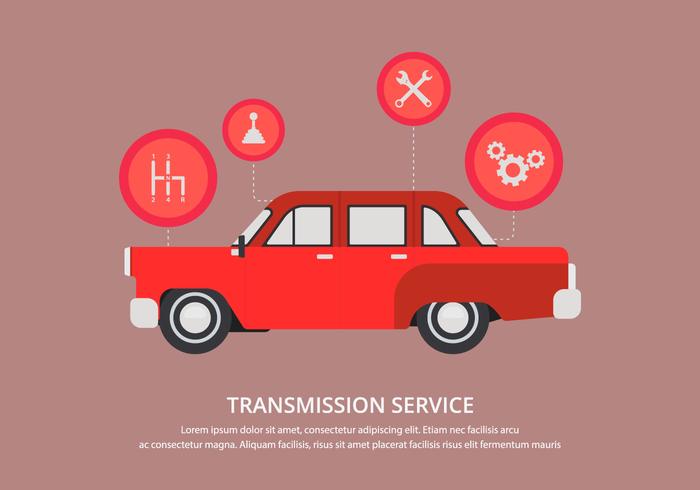Open The Hood To Reveal Usual Brake System Problems And Their Solutions, Yet What About Spongy Brake Pedals? Find Out The Service Ahead! Learn More Listed Below
Open The Hood To Reveal Usual Brake System Problems And Their Solutions, Yet What About Spongy Brake Pedals? Find Out The Service Ahead! Learn More Listed Below
Blog Article
Created By-McGrath Reynolds
When it involves your vehicle's brake system, recognizing common concerns can conserve you from prospective safety and security dangers. From identifying brake pad wear to dealing with brake fluid leaks, recognizing how to take on these troubles is vital. However what regarding those squishy brake pedals? There's a repair for that also. Keep tuned to find out more regarding these issues and the functional options that can keep you securely on the road.
Brake Pad Wear and Substitute
When it comes to preserving your car's brake system, one vital element to watch on is the wear and replacement of brake pads. Brake pads are important components that push against the brake rotors to slow down or stop your automobile. In time, these pads wear down as a result of rubbing, calling for routine inspection and substitute to guarantee your brakes operate successfully.
To figure out if your brake pads require substitute, listen for shrilling or grinding noises when you apply the brakes. Furthermore, if your vehicle takes longer to stop or you observe resonances or pulsations when stopping, it may be time to replace the brake pads.
Overlooking used comprehensive vehicle checkups can bring about lowered stopping efficiency, damages to various other brake parts, and even brake failure.
Replacing brake pads is a fairly straightforward procedure for several vehicles. Nonetheless, if you're uncertain or uneasy executing this job, it's finest to consult an expert mechanic to make sure proper installation and optimal brake performance.
Frequently checking and replacing brake pads is crucial for your safety and security and the longevity of your car's stopping system.
Brake Fluid Leaks and Maintenance
To ensure your vehicle's brake system operates ideally, it is essential to additionally focus on brake liquid leakages and upkeep. Brake liquid is critical for sending the force from your foot on the brake pedal to the real braking system. One common issue with brake fluid is leaks, which can happen because of tatty brake lines, seals, or connections. If you notice a puddle or leaks under your car, it's vital to deal with the leakage quickly to stop a possible brake failure.
Frequently examining your brake liquid level is essential to preserving your brake system. Low brake liquid can result in air entering the brake lines, which compromises stopping performance.
Furthermore, old or contaminated brake liquid can affect the total performance of your brakes. It's recommended to adhere to the producer's guidelines on when to change the brake liquid, generally every 2 years.
Spongy Brake Pedal: Bleeding Brakes
If you have actually ever before experienced a squishy brake pedal while driving, you understand the importance of preserving a company and responsive braking system. One typical reason for a mushy brake pedal is air caught in the brake lines. When air goes into the brake system, it can result in a loss of hydraulic pressure, resulting in that upsetting squishy sensation when you press the brake pedal.
To settle this concern, hemorrhaging the brakes is necessary. Hemorrhaging the brakes involves eliminating the air from the brake lines to bring back correct hydraulic stress.
To bleed the brakes, you'll require a helper to help you. Beginning by finding the brake bleeder shutoff on each wheel, commonly located near the brake caliper. With https://elliottlfzuo.ambien-blog.com/36182807/a-starter-s-guidebook-for-realizing-the-significance-of-your-auto-s-warning-signals , loosen the shutoff and have your assistant press the brake pedal while you observe any type of air bubbles coming out. Repeat this process for every wheel, beginning with the wheel farthest from the master cylinder and moving more detailed.
When you no more see air bubbles and just clear fluid arises, tighten the valve and top up the brake fluid storage tank as required. Hemorrhaging the brakes helps make sure a firm brake pedal and improves general stopping performance.
Conclusion
Since you recognize common brake issues and how to fix them, you can ensure your automobile's security and efficiency. Keep in mind to listen for warning signs like shrilling sounds or squishy brake pedals, and address them promptly. Normal maintenance and timely replacements are vital to keeping your brakes in top problem. Stay aggressive and conscientious to your brake system to delight in safe and reliable driving experiences.
